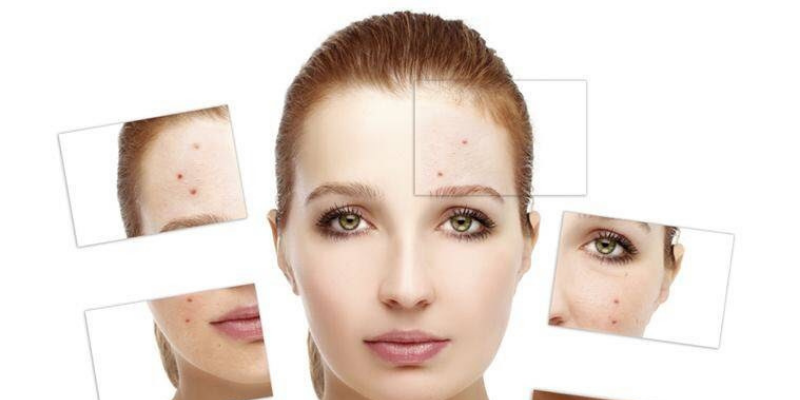If you are completely confused with sebaceous filaments and blackheads because they look very similar. You can frequently consider your pores as tiny dots, filled with oil, normally gray or black. These dots are not blackheads, but rather sebaceous filaments. Sebaceous filaments are the same as with the skin and lighter in color than blackheads. Sebaceous filaments appear on the oily part of the face, such as the nose and chin. If your pores are continually filled with sebum and dead skin cells applying strips and spending many hours in front of the mirror attempting to wipe out your pores. After cleaning the pores it reappears in a few days.
In this article, we look at how sebaceous filaments become visible and also describe the differences between sebaceous filaments and blackheads, and treatment for this problem.
What is Sebaceous Filaments?
Our skin is covered with hair. You have encountered some peach fuzz on your face. Sebaceous filaments become visible when your pore fills with the stuff that makes your skin cells, combined with bits of debris and sebum oil that keep your skin naturally moisturized.
But for others with oily skin or enlarged pores, sebaceous filaments can be more apparent like blackheads, with color light grey or tan, rather than black.These are not blackheads.
What are Blackheads?
Blackheads are a type of pimple that starts in our pores that may be removed manually by a dermatologist or specially trained skincare professional.
Blackheads are open pores clogged with a mixture of pore buildup, dead skin cells, and sebum that have been oxidized naturally that can cause the pores to become blocked, leading to comedones, including whiteheads and blackheads. These small, dark spots are a non-inflammatory type of acne that are normally found on the face, neck, shoulders, arms, chest, and back. You can dispose of blackheads by using over-the-counter products. Blackhead solutions typically contain salicylic acid, benzoyl peroxide, and resorcinol that work to kill bacteria, remove oil, and assist the skin with shedding dead skin cells.
Essentially, the larger your pores, the more often they will refill, resulting in blackheads or sebaceous filaments.
Difference between sebaceous filaments and blackheads
Sebaceous filaments and blackheads look very similar, but they work very differently. Sebaceous filaments exist to help oil flow to the skin without pore clogging back ups. On the other side, blackheads form when too much sebum is produced, and blends with dead skin cells, dirt and bacteria that clogs pores.
Treatment for blackheads and sebaceous filaments
Despite the fact that you can’t dispose of sebaceous filaments, you can minimize their appearance by keeping your pores healthy. Similarly you will take this treatment and prevent blackheads. Treat your skin gently, keep the skin hydrated by using moisturizers, keep the skin moist and the pores elastic.
1. Use Charcoal Mask
Charcoal is an ideal ingredient to detox the skin and acts like removing impurities. Ue a mask ensuring you are able to deep clean inside the pore while also delivering moisture and keeping pore walls elastic. If your blackheads are more concentrated in the T-zone, apply the charcoal face mask directly to the affected area. And rinse it with lukewarm water.
2. Pore-Cleansing Facial
- Remove makeup and apply a chemical exfoliant with at least 2% concentration like a beta-hydroxy-acid.
- Then apply a mask and rinse it off with lukewarm water.
- For a pore-refining or fresh complexion, massage with a cleansing oil for 2-3 minutes then rinse it off.
Conclusion
This article presents a clear picture of the difference between sebaceous filaments and blackheads. I hope this article is helpful.

